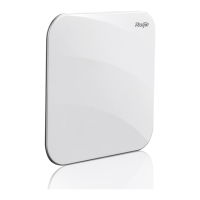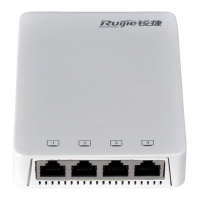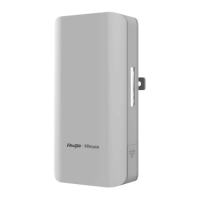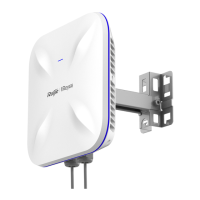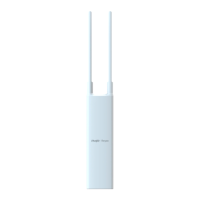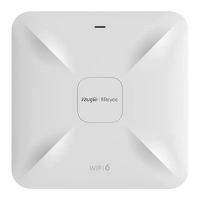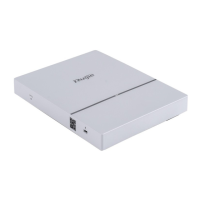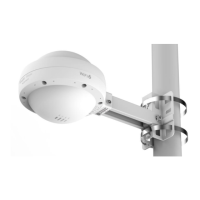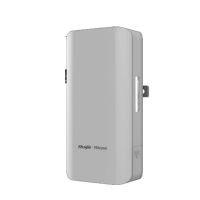Configuration Guide Configuring FAT APs
STBC
Space Time Block Coding (STBC) is a coding technique in wireless communication that improves data transmission
reliability by using time and space diversities when multiple duplicates of data are transmitted at different moments and
through different antennas. However, some terminals cannot be effectively compatible with STBC.
Configuring the Number of AMPDU Software Re-transmission Times
The purpose of configuring the number of AMPDU software re-transmission times is to avoid sub-frame loss in wireless
transmission. The larger the number of AMPDU software re-transmission times, the lower the probability of sub-frame loss.
However, excessive re-transmission times may cause increase of air interface load and decrease of real-time performance of
other packets in the air. To avoid packet loss when the sub-frame loss probability is high, you can set the number of AMPDU
software re-transmission times to a greater value.
AMPDU-RTS
The RTS protection for AMDPU can avoid AMPDU packet conflict at air interfaces due to hidden nodes, which may cause
waste of air interface resources. However, RTS interaction consumes air interfaces; therefore, this function may cause
negative effect in most application scenarios and is disabled by default. The RTS protection for AMDPU needs to be enabled
only when the waste of air interface resources caused by hidden nodes is greater than that caused by RTS interaction.
1.3.5 Configuring Link Integrity Check
As a wireless access device, an AP plays a role similar to a part of the physical layer and MAC. Generally, an AP does not
provide the switch function. Regarding the hardware structure, a FAT AP or FIT-AP has only one uplink wired link, which is
the data channel for all accessed STAs. If this uplink wired link is broken due to a fault, all STAs that access this AP cannot
connect to an external network.
However, when the uplink wired link is broken, STAs cannot detect the problem and take an action immediately, causing that
the STAs cannot be reconnected to the network for a long time.
Link integrity check is intended to solve this problem.
Working Principle
The link integrity check function checks the uplink wired link on the AP continually. When the link is broken, this function
immediately disables the RF interfaces on the AP to stop the AP access service. STAs associating with this AP are forced
offline and have to select other normal APs for network access.
After the uplink wired link of the AP recovers, the link integrity check function enables the RF interfaces of the AP to recover
the AP access service.
The link integrity check is required to disable the RF interfaces of an AP when the unique uplink link of the AP is broken and
the AP cannot provide access service for STAs any longer. In this case, it is better to force the STAs offline than enabling
them to continually associate because they can select other APs for access.
1.3.6 Configuring a WLAN by Using the One-Key Mode
The one-key WLAN configuration function is provided to implement fast configuration for an empty device.
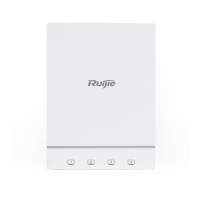
